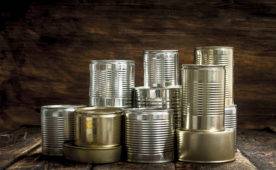A DIY Brewing Guide for Crafting Your Own Signature Beer
Embarking on the journey to create your own signature beer is an exciting venture that combines art, science, and a bit of patience. Whether you’re a seasoned brewer or a curious enthusiast, crafting your own beer at home can be a deeply rewarding experience.
This comprehensive guide will walk you through the essential steps and considerations needed to brew a beer that is uniquely yours.
Understanding the Basics
Before diving into the brewing process, it’s crucial to understand the four primary ingredients in beer: water, malt, hops, and yeast. Each ingredient plays a pivotal role in the final product. Water is the solvent that extracts and carries flavors.
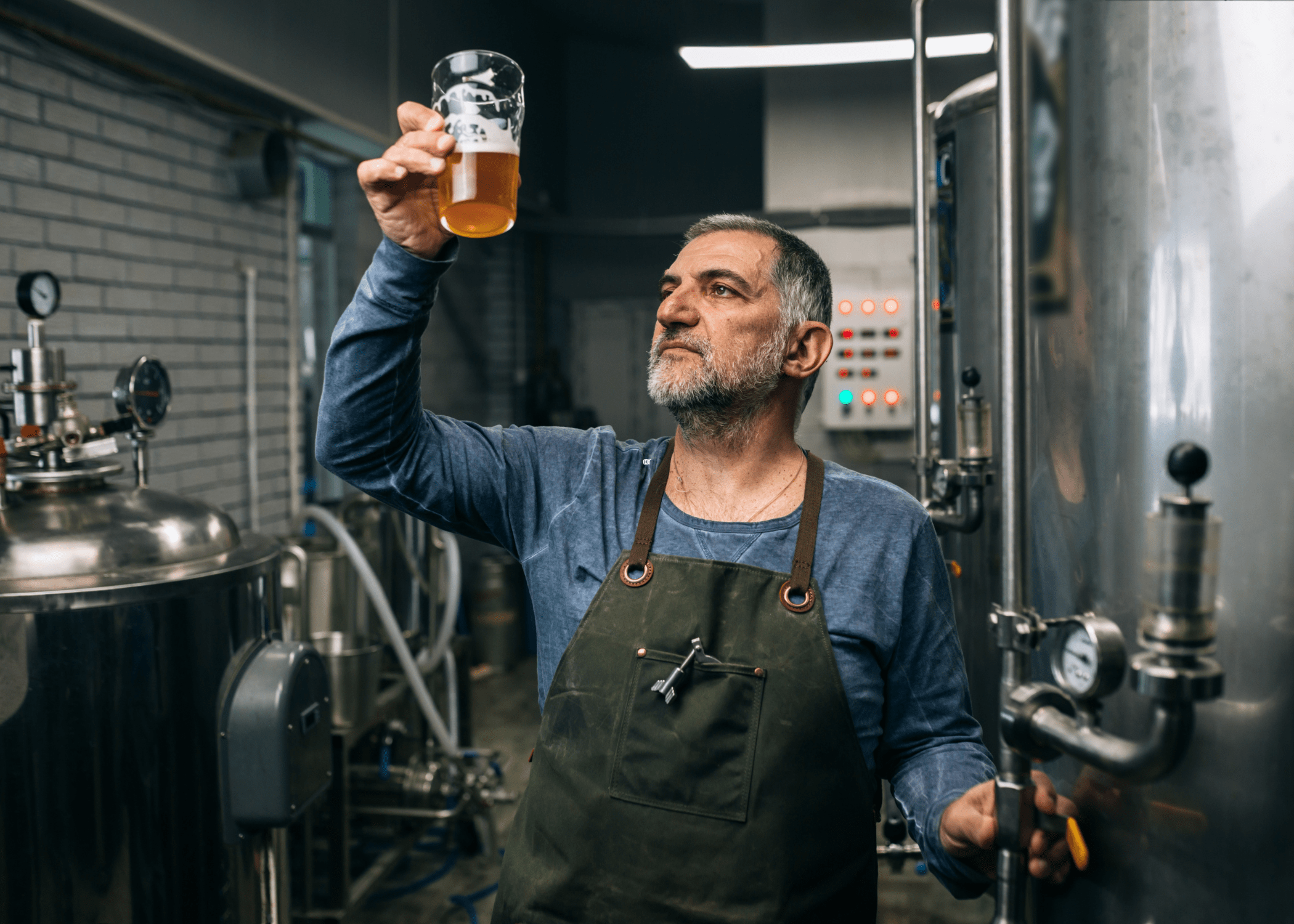
Malt, usually derived from barley, provides the fermentable sugars needed for alcohol production and contributes to the beer’s color and body. Hops add bitterness, flavor, and aroma, balancing the sweetness of the malt. Yeast is the microorganism responsible for fermentation, converting sugars into alcohol and carbon dioxide.
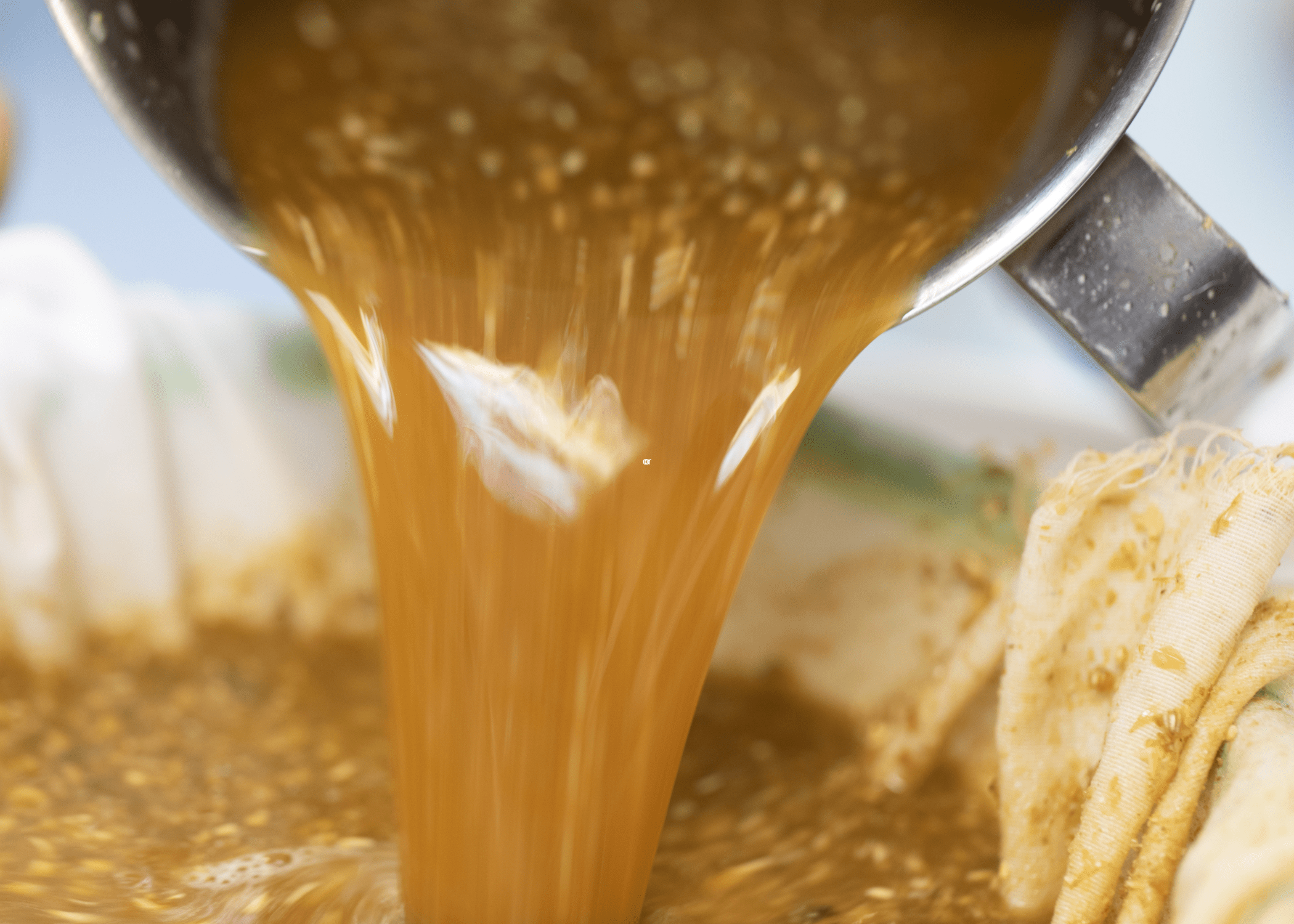

Equipment Essentials
To get started, you’ll need some basic brewing equipment. Here’s a rundown of the essentials:
- Brew Kettle: A large pot where the wort (unfermented beer) is boiled.
- Fermenter: A container where the wort will ferment and turn into beer. This can be a glass carboy or a food-grade plastic bucket.
- Airlock: A device that allows CO2 to escape during fermentation while keeping contaminants out.
- Sanitizer: Keeping everything clean and sanitized is crucial to prevent infections.
- Hydrometer: An instrument to measure the specific gravity of your beer, helping you determine alcohol content.
- Bottling Equipment: Bottles, caps, and a capper for packaging your beer.
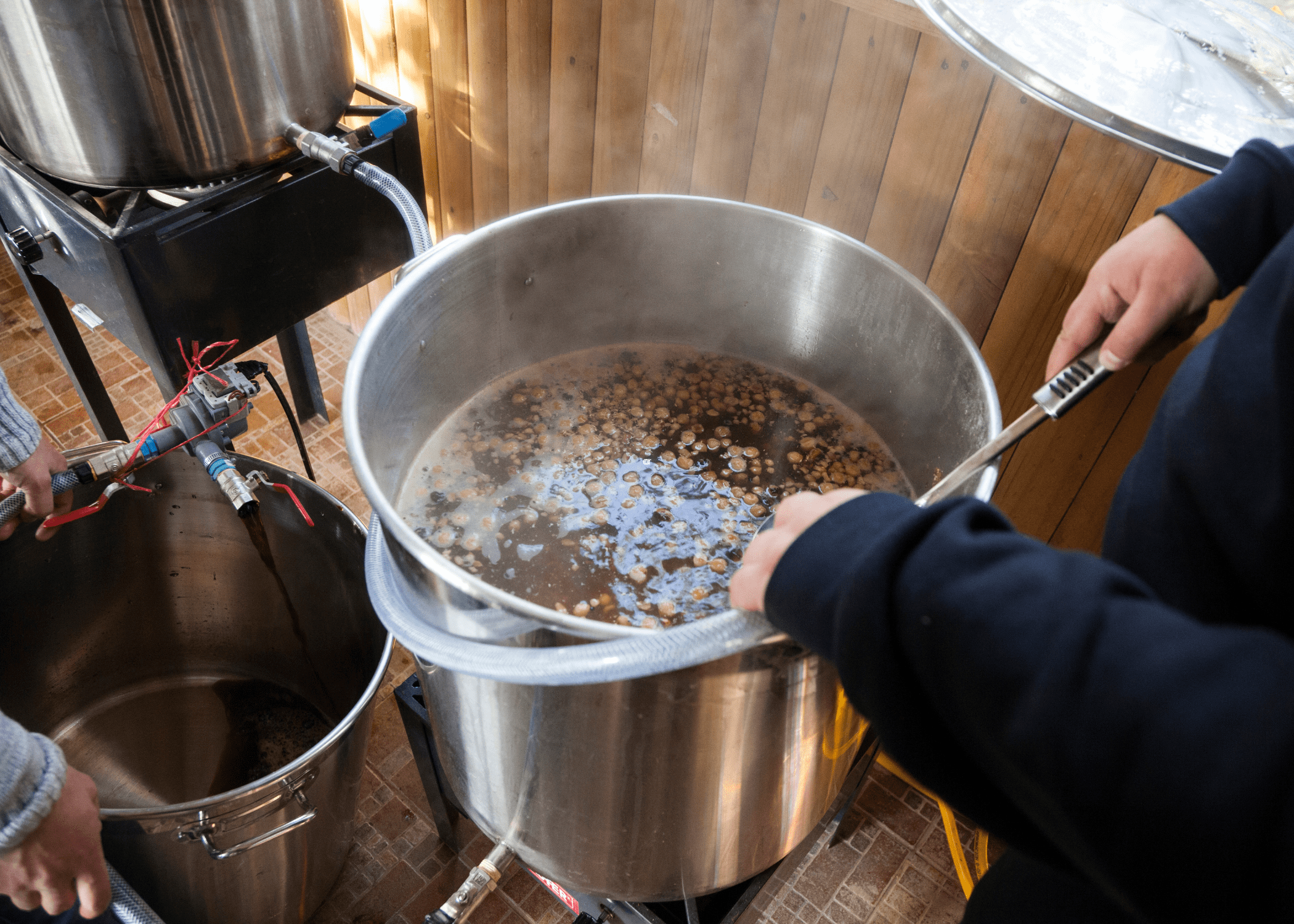
The Brewing Process
- Mashing: Start by heating water in your brew kettle and adding crushed malted barley to create a mash. This process typically lasts for about an hour and converts the starches in the grain into fermentable sugars.
- Sparging: After mashing, you’ll rinse the grains with hot water to extract the remaining sugars. This liquid, now called wort, is collected in the brew kettle.
- Boiling: Bring the wort to a boil and add hops at various stages. Early additions contribute to bitterness, while later additions add flavor and aroma. Boiling also sterilizes the wort and halts enzyme activity.
- Cooling: After boiling, rapidly cool the wort using a wort chiller or an ice bath. Cooling quickly is vital to prevent unwanted bacteria from contaminating your brew.
- Fermentation: Transfer the cooled wort to your fermenter and add yeast. Seal the fermenter with an airlock and store it in a cool, dark place. Primary fermentation usually takes one to two weeks.
- Secondary Fermentation (Optional): Transfer the beer to another fermenter to age and clarify. This step can enhance the beer’s flavor and clarity.
- Bottling: Once fermentation is complete, add a small amount of priming sugar to your beer before bottling to carbonate it. Seal the bottles and store them for a few weeks to develop carbonation and mature flavors.
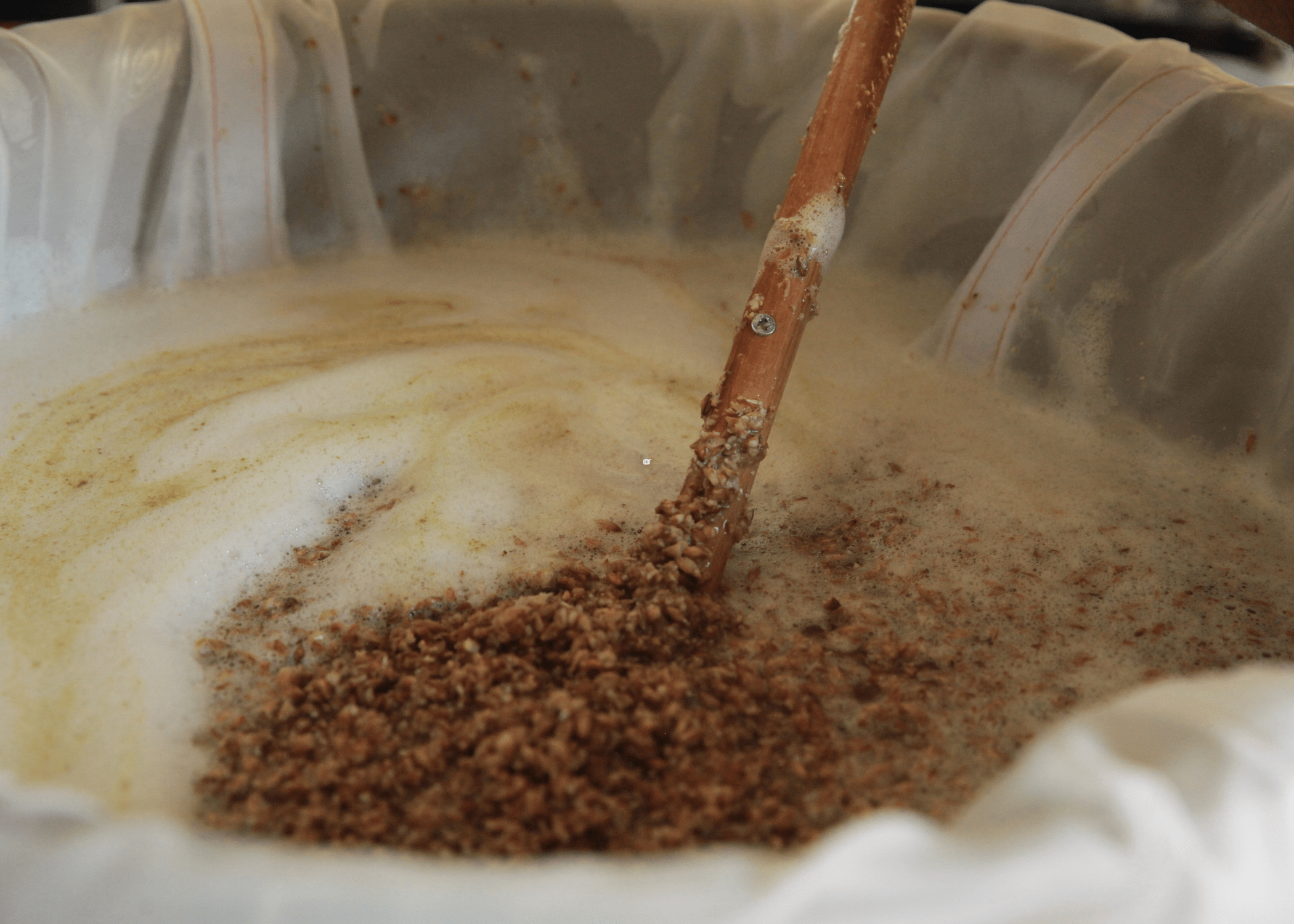
Experimenting with Flavors
One of the joys of homebrewing is the ability to experiment with different ingredients and techniques to create a beer that reflects your personal tastes. Here are some ways to customize your brew:
- Malt Varieties: Experiment with different types of malt to achieve various colors and flavors.
- Hop Combinations: Try different hop varieties to explore a range of bitterness, flavors, and aromas.
- Adjuncts: Add fruits, spices, honey, or other ingredients to create unique flavor profiles.
- Yeast Strains: Different yeast strains can produce distinct flavors and aromas.
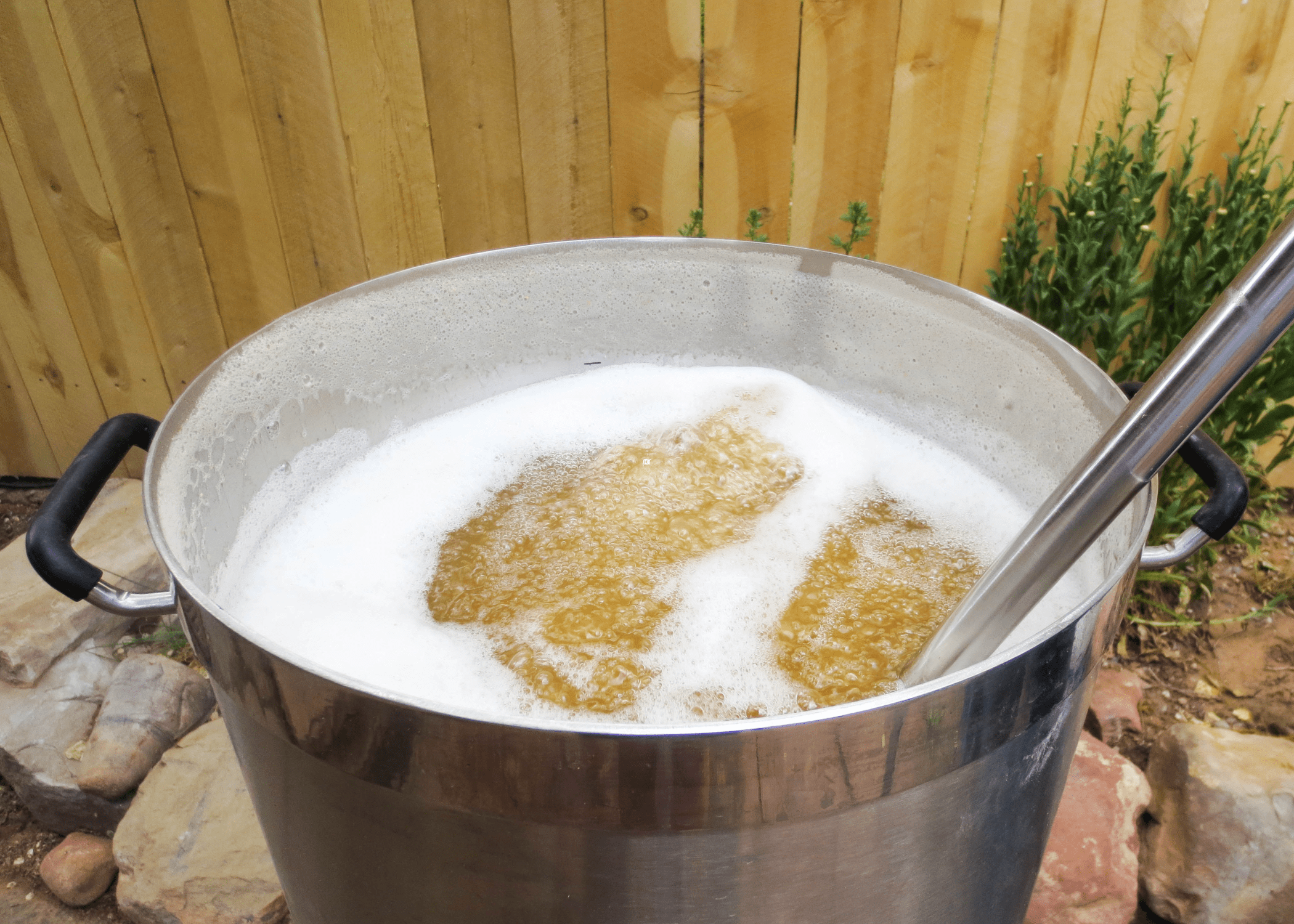
Troubleshooting Common Issues
Even with careful preparation, homebrewing can present challenges. Here are some common issues and how to address them:
- Off-Flavors: These can result from poor sanitation, incorrect fermentation temperatures, or old ingredients. Ensure everything is clean and fresh, and monitor fermentation conditions.
- Flat Beer: This is often due to insufficient priming sugar or improper sealing during bottling. Double-check your measurements and ensure bottles are capped tightly.
- Cloudy Beer: This can be caused by incomplete fermentation or poor conditioning. Give your beer ample time to ferment and condition properly.
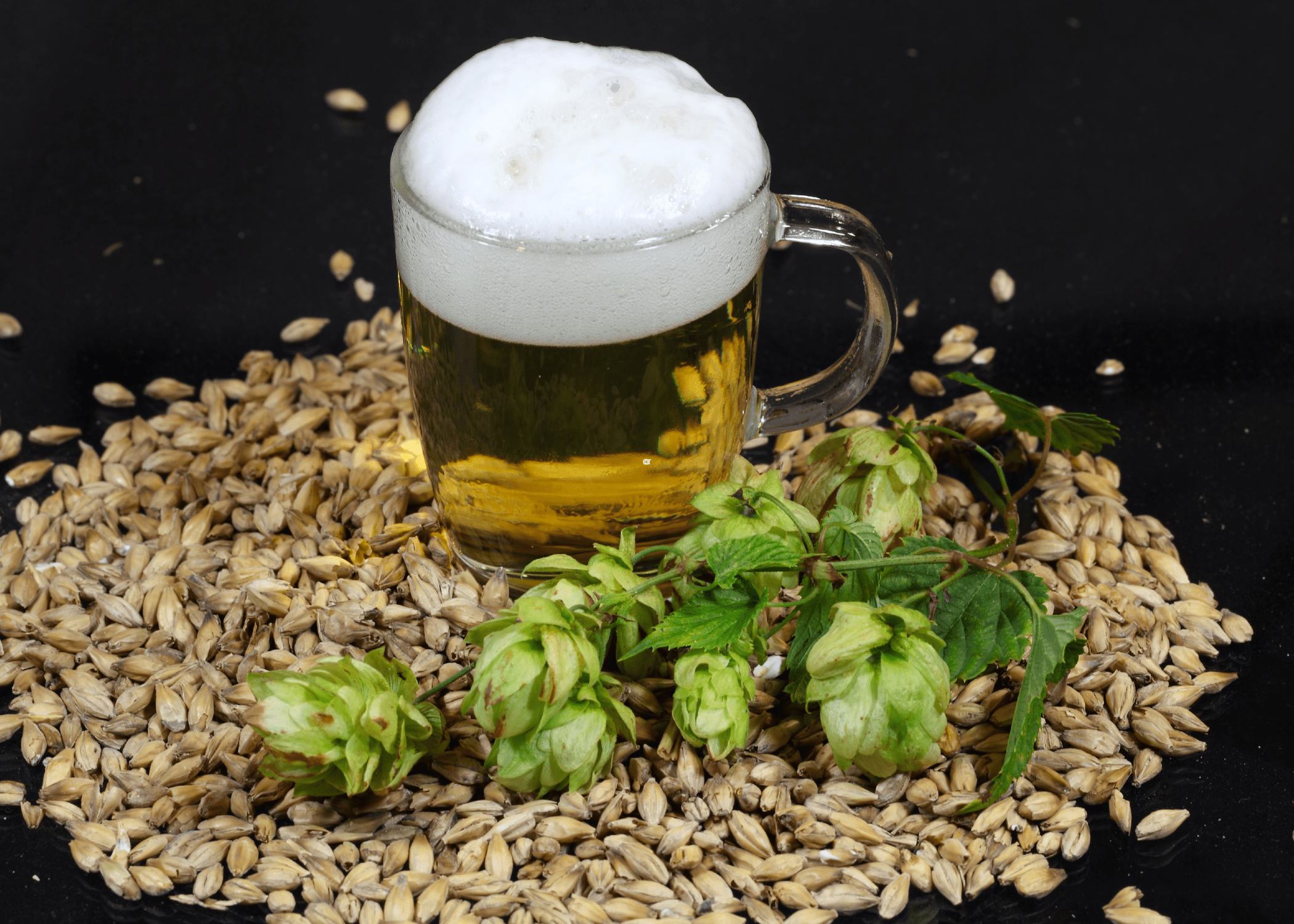
Related Articles
- 14 Ways to Open a Beer Bottle Without a Bottle Opener
- Should We All Be Putting Pickles in Our Beer? (Answer: Yes)
- Everything You Need to Know to Make Awesome Beer Cocktails
Crafting your own signature beer is a fulfilling hobby that allows you to explore and create. With attention to detail and a willingness to experiment, you can produce a brew that is uniquely yours. Remember, the key to successful homebrewing is patience, cleanliness, and continuous learning. So grab your equipment, gather your ingredients, and start brewing your masterpiece. Cheers!
Ready to start your next project? Join our DIY community to receive tool tips, how-to guides, and exclusive creative insights. Subscribe to the ManMadeDIY newsletter now! Click here to unlock a world of hands-on inspiration.


